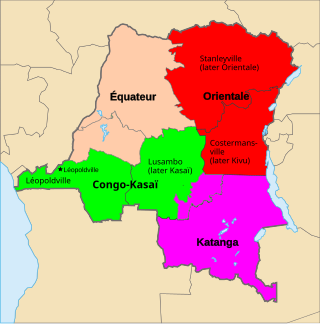
Katanga was one of the four large provinces created in the Belgian Congo in 1914. It was one of the eleven provinces of the Democratic Republic of the Congo between 1966 and 2015, when it was split into the Tanganyika, Haut-Lomami, Lualaba, and Haut-Katanga provinces. Between 1971 and 1997, its official name was Shaba Province.

Lubumbashi is the second-largest city in the Democratic Republic of the Congo, located in the country's southeasternmost part, along the border with Zambia. The capital and principal city of the Haut-Katanga Province, Lubumbashi is the center of mining in the region, acting as a hub for many of the country's largest mining companies. No definite population figures are available, but the population of the city's urban area is estimated to be around 2,584,000 in 2021.
Likasi is a city in Haut-Katanga Province, in the south-east of the Democratic Republic of Congo.

The Copperbelt is a natural region in Central Africa which sits on the border region between northern Zambia and the southern Democratic Republic of Congo. It is known for copper mining.

Kindu is a city in the Democratic Republic of Congo, the capital of Maniema province. It has a population of about 200,000 and is situated on the Lualaba River at an altitude of about 500 metres, and is about 400 km west of Bukavu.
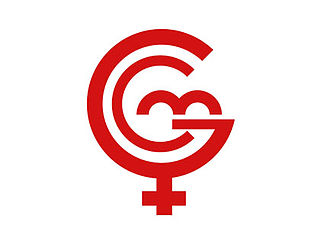
La Générale des Carrières et des Mines (Gécamines) is a Congolese commodity trading and mining company headquartered in Lubumbashi, in the Katanga region of the Democratic Republic of Congo. It is a state-controlled corporation founded in 1966 and a successor to the Union Minière du Haut-Katanga. Gecamines is engaged in the exploration, research, exploitation and production of mineral deposits including copper and cobalt.
The Forrest Group is a group of companies founded around the mining industry in 1922. As of 2018, the Forrest Group is active primarily in Central and East Africa. It is owned by George Arthur Forrest, a Belgian entrepreneur of New Zealand descent.
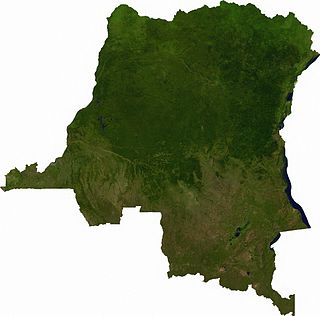
Articles related to the Democratic Republic of the Congo include:
This is a history of Katanga Province and the former independent State of Katanga, as well as the history of the region prior to colonization.

The Battle of Kolwezi was an airborne operation by French and Belgian airborne forces that took place in May 1978 in Zaire during the Shaba II invasion of Zaire by the Front for the National Liberation of the Congo (FLNC). It aimed at rescuing European and Zairean hostages held by FLNC rebels after they conquered the city of Kolwezi. The operation succeeded with the liberation of the hostages and light military casualties.
Copper mining in the Democratic Republic of the Congo mainly takes place in the Copper Belt of the southern Katanga Province of the Democratic Republic of the Congo.
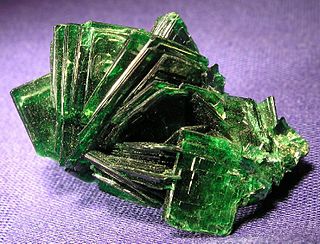
The Musonoi mine is a set of open-cut pits near Kolwezi from which copper and other metals have been extracted since the 1940s. The mining complex is located in the Lualaba Province of the Democratic Republic of the Congo. Kolwezi is about 320 kilometres (200 mi) northwest from Lubumbashi, the provincial capital.
Mutoshi Mine is a copper mine in Katanga Province, Democratic Republic of the Congo. As of 2011 it was 70% owned by Anvil Mining and 30% by the state-owned Gécamines. The mine was placed on care and maintenance in late 2008.
The Etoile Mine is an open-pit copper mine on the outskirts of Lubumbashi in Katanga Province of the Democratic Republic of the Congo (DRC). Chemaf owns the license. Chemaf is 95% owned by Shalina Resources and 5% by the DRC government.

Haut-Katanga District is a former district located in the former Katanga Province of the Democratic Republic of the Congo. The copper mining centers of Lubumbashi and Likasi were surrounded by the district but were administratively separate.
The following is a timeline of the history of the city of Lubumbashi, Democratic Republic of the Congo.
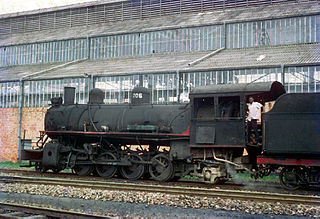
The Compagnie du chemin de fer du bas-Congo au Katanga (BCK) was a railway operator in the Congo Free State, Belgian Congo and later in the Democratic Republic of the Congo and Zaire. Most of the lines were in the southern Katanga Province, with links to the Kasai River for transport of mineral exports down to Kinshasa and onward to the port of Matadi, and a link to the Angolan railway network for transport to Lobito on the Atlantic.
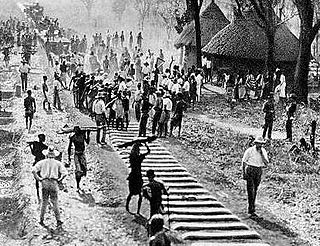
The Compagnie de Chemin de fer du Katanga (CFK) was a railway company in the Congo Free State and Belgian Congo between 1902 and 1952. It held the railway concession that linked the port of Bukama on the navigable section of the Lualaba River through the mining region and the town of Elisabethville (Lubumbashi) to Sakania, where it connected with the Rhodesian railway network. Operations were subcontracted to the Compagnie du chemin de fer du bas-Congo au Katanga (BCK).

Kamatanda is a region just north of Likasi in the Haut-Katanga Province of the Democratic Republic of the Congo. It gives its name to an open-pit copper mine, a railway junction, an abandoned airport and a residential area of Likasi.
The Kolwezi Solar Power Station is a proposed 100 MW (130,000 hp) solar power plant in the Democratic Republic of the Congo. The power station is under development by a number of independent power producers and international financial institutions. The energy from this solar farm will be sold to the Société Nationale d'Électricité (SNEL), the national electricity utility company.















